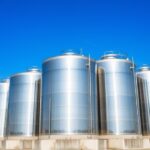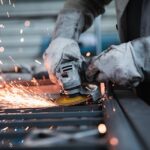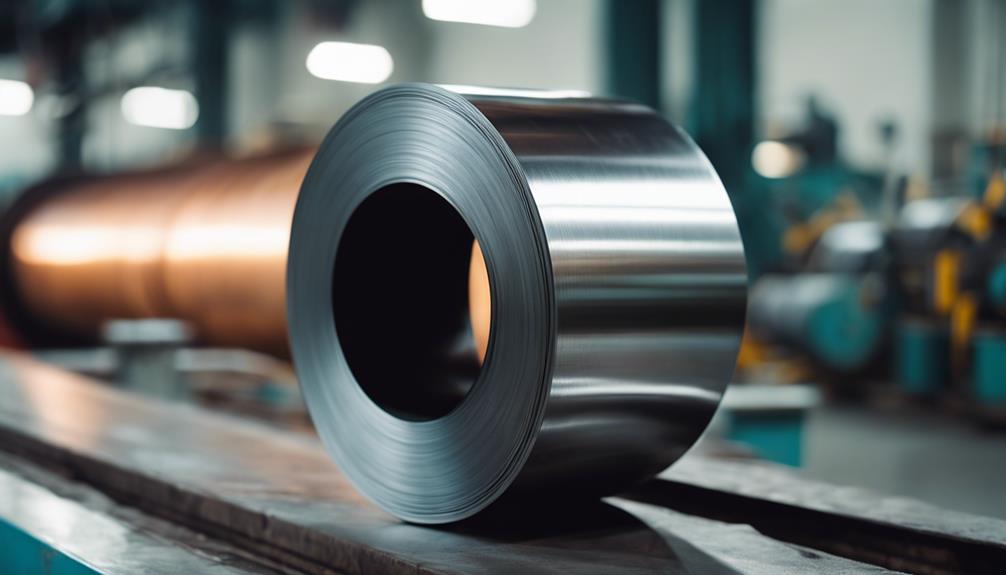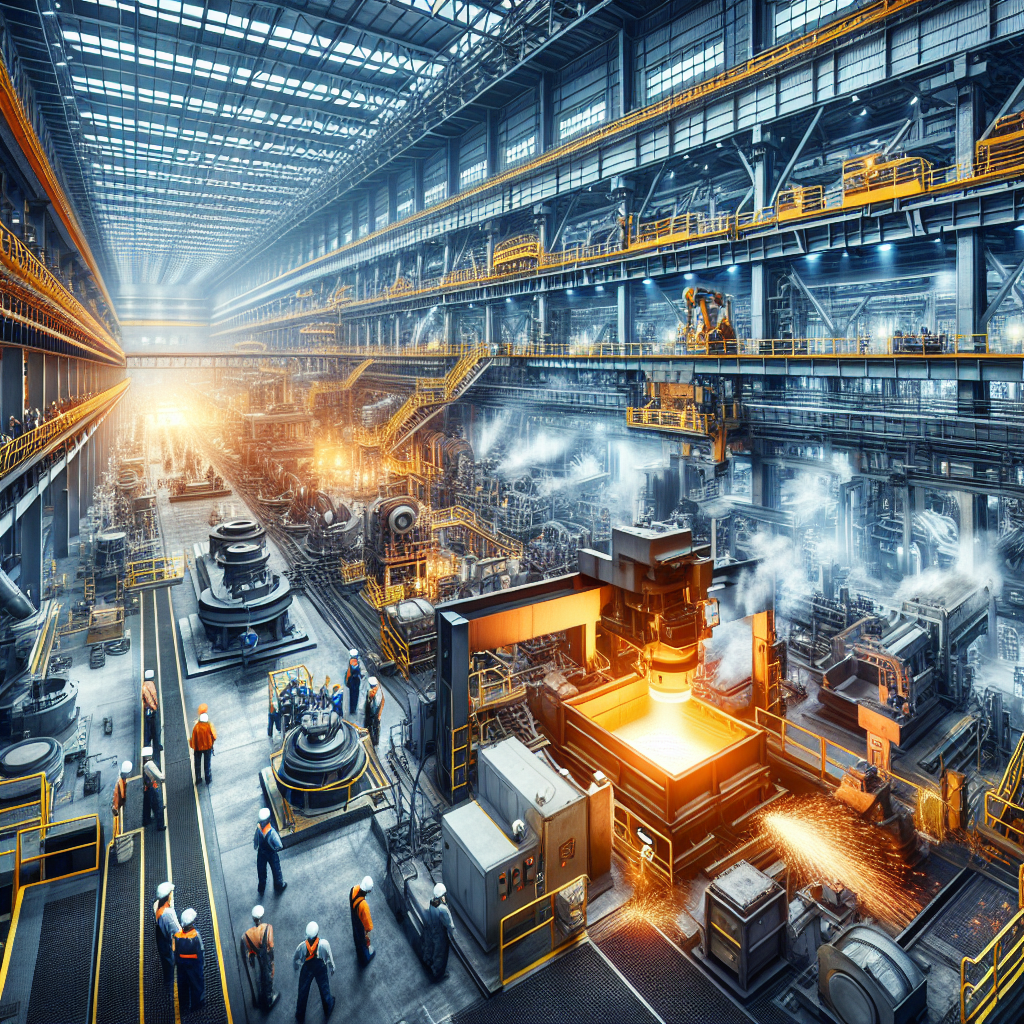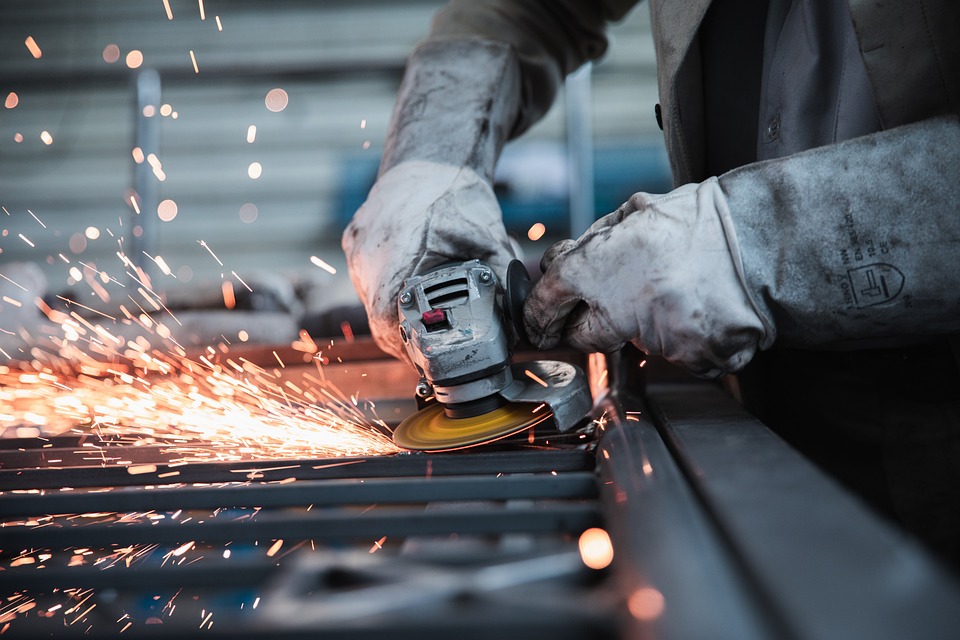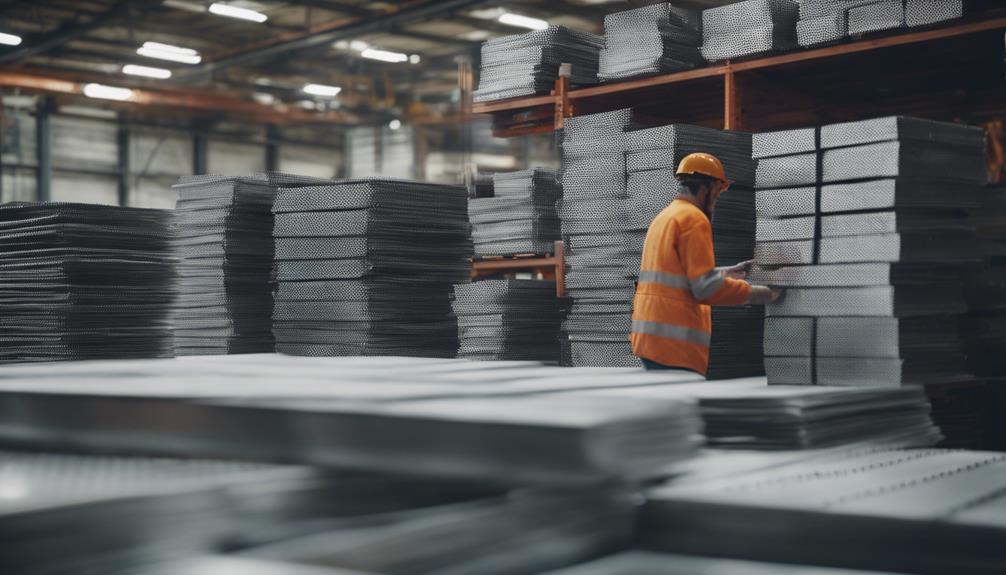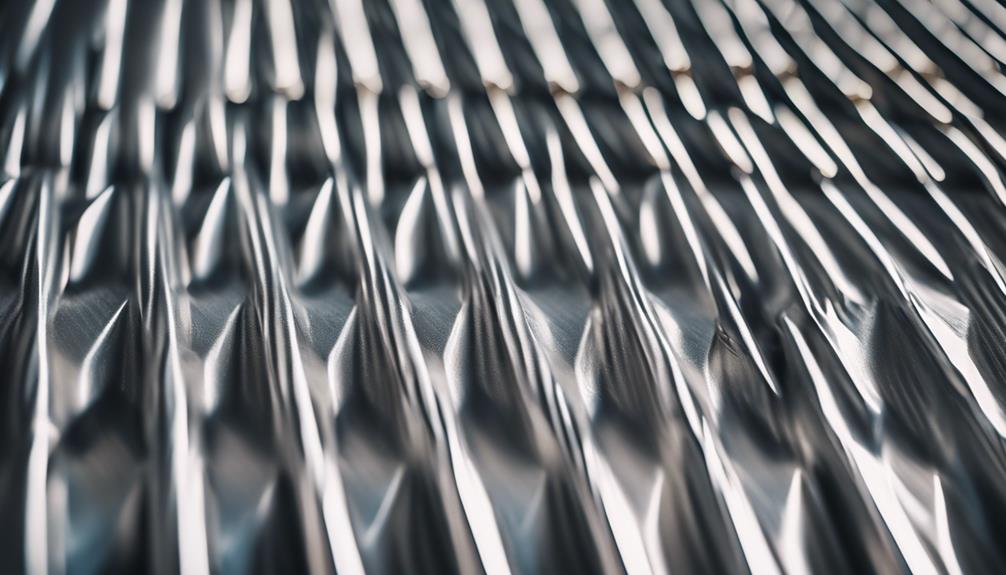Cold Rolled Coil is a processed steel product that undergoes precision shaping at room temperature, resulting in improved surface finish and superior characteristics compared to hot-rolled steel. It offers benefits like superior surface quality, tighter dimensional tolerances, increased strength, and hardness, making it suitable for demanding applications in various industries. Additionally, the surface finishes of Cold Rolled Coil can be tailored to meet specific industrial requirements and aesthetic preferences, such as matte, dull, bright, or mirror-like finishes achieved through different processes like skin passing, grinding, or polishing. The strength of Cold Rolled Coil is up to 20% higher than hot rolled coils, making them ideal for applications where stress tolerance and accurate dimensions are essential. Its smoother surface finish not only enhances appearance but also quality, making it a preferred choice for automotive manufacturing, HVAC, construction, appliances, and furniture industries.
Key Takeaways
- Superior surface quality and finish compared to hot-rolled steel.
- Tight dimensional tolerances for precise applications.
- Increased strength and hardness for demanding uses.
- Excellent formability and flatness for easy shaping.
- Various surface finishes tailored to industrial needs and aesthetics.
Definition of Cold Rolled Coil
Cold Rolled Coil, also known as cold-rolled steel coil, is a processed steel product that undergoes precision shaping and surface refinement at room temperature. This process aims to achieve specific dimensions and properties by reducing the thickness of the steel through rollers, resulting in improved surface finish. Following cold rolling, the coil may undergo annealing or temper rolling to further enhance its properties such as strength and dimensional accuracy. Cold rolled coils are favored in industries that require high-quality surface finishes and precise dimensions for applications where strength and aesthetics are important. This processed steel product plays an important role in various industries due to its superior characteristics compared to hot-rolled steel.
Benefits of Cold Rolled Coil
With superior surface quality and tighter dimensional tolerances, cold rolled coils offer significant advantages over their hot rolled counterparts in various industrial applications. Cold rolled steel exhibits increased strength and hardness, making it a preferred choice where these properties are essential. The precise dimensions of cold rolled coils make them ideal for applications requiring accurate sizing. Additionally, their excellent formability and flatness contribute to their popularity in industries where these characteristics are key factors. The superior finish of cold rolled coils further enhances their appeal for applications where appearance and surface quality are paramount. Overall, the combination of these features makes cold rolled coils a highly desirable material in many manufacturing processes.
Surface Finishes of Cold Rolled Coil
Various surface finishes can be applied to cold rolled coils to meet specific industrial requirements and aesthetic preferences. Cold rolled coils can feature matte, dull, bright, or mirror-like finishes, achieved through processing methods such as skin passing, grinding, or polishing. Matte finishes on cold rolled coils offer a non-reflective surface, making them suitable for certain applications. In contrast, bright finishes provide a smooth, reflective surface that is often preferred for aesthetic purposes. The choice of surface finish for cold rolled coils depends on the intended use and the desired appearance of the final product. By employing different processing techniques, manufacturers can tailor the surface finish of cold rolled coils to meet a wide range of application needs.
Strength Comparison: Cold Vs. Hot Rolled Coil
Comparing the strength characteristics of cold rolled coils to hot rolled coils reveals a significant advantage in favor of the former, making them particularly well-suited for applications requiring high stress tolerance. Cold rolled coils are up to 20% stronger than hot rolled coils, allowing them to withstand greater pressure in high-stress applications. Additionally, cold rolled coils maintain their dimensions accurately as they do not shrink after the forming process, enabling the production of precise components essential in industries like construction, appliances, machinery, and automotive. The smoother surface finish of cold rolled coils not only enhances their appearance but also improves their quality, making them a preferred choice where both strength and aesthetics are vital. This strength advantage positions cold rolled coils as a reliable option for demanding applications across various industries.
Applications of Cold Rolled Coil
Cold Rolled coils play a pivotal role in diverse industries, showcasing their versatility and reliability through applications ranging from automotive manufacturing to construction and beyond. In automotive manufacturing, cold rolled coils are used for body panels, chassis parts, and interior trim due to their precise dimensions and improved surface finish. The HVAC industry benefits from these coils in air ducts, ventilation systems, and heating components requiring tight tolerances. In the construction sector, cold rolled coils are utilized for roofing, cladding, gutters, and structural sections where dimensional accuracy and smooth surfaces are essential. Additionally, the appliance industry utilizes cold rolled coils for products like refrigerators and washing machines due to their strength and formability. In the furniture industry, these coils are preferred for manufacturing cabinets, drawers, and shelves, where exact dimensions and aesthetic appeal are critical.
Annealing and Tempering of Cold Rolled Coil
The process of annealing and tempering cold rolled coils is vital for enhancing their mechanical properties and optimizing their performance across a wide range of industries. Annealing involves heating the cold rolled coils to a specific temperature and then slowly cooling them to improve ductility and reduce hardness. On the other hand, tempering includes reheating the steel to a lower temperature to further enhance toughness and reduce internal stresses. These processes are essential for achieving the desired mechanical properties, enhancing formability, and meeting specific application requirements for strength, ductility, and hardness. By undergoing annealing and tempering, cold rolled coils are tailored to excel in various industries such as automotive, construction, and appliances.
Quality Control in Cold Rolled Coil Production
During the production of cold rolled coils, strict quality control measures are implemented to guarantee precise dimensions and consistent mechanical properties. Quality control processes encompass surface inspection to detect any defects, as well as tensile strength testing to make sure the material meets specified standards. Parameters such as hardness, yield strength, and elongation are carefully assessed to verify the suitability of the cold rolled coils for diverse applications. Advanced technologies like laser gauges and automated inspection systems play an essential role in upholding the high-quality standards required in cold rolled coil production. Maintaining stringent quality control in this process is crucial not only for meeting industry regulations but also for enhancing customer satisfaction and overall product performance.
Environmental Impact of Cold Rolled Coil
With a focus on sustainability and efficient resource utilization, the environmental impact of cold rolled coil production is a critical aspect to take into account in modern industrial practices. Cold rolled coil production consumes less energy, reduces material waste, and lowers emissions, making it environmentally friendly. The process results in a smoother surface finish, reducing the need for additional processing and chemicals. Cold rolling also minimizes the risk of surface defects, ensuring higher quality products. These eco-friendly production methods have led to the widespread use of cold rolled coils in sustainable construction projects. By choosing cold rolled coils, industries contribute to emissions reduction and promote a more environmentally conscious approach to manufacturing.
Frequently Asked Questions
What Is Cold Rolled Coil Used For?
Cold rolled coil is a versatile material employed across various industries. Its applications span automotive, construction, appliance, electronics, and furniture sectors due to its strength, dimensional accuracy, precise dimensions, and surface finish capabilities.
What Is the Difference Between Hot Rolled and Cold Rolled Coils?
Hot rolled coils are processed at high temperatures, making them less dimensionally precise but more cost-effective. In contrast, cold rolled coils are processed at room temperature, offering tighter tolerances, improved surface finish, and enhanced strength.
What Is the Purpose of Cold Rolling?
Cold rolling is a manufacturing process utilized to enhance the strength and hardness of metal while maintaining precise dimensions. It involves passing material through rollers under pressure at room temperature, resulting in improved properties.
Is Cold-Rolled Steel Stronger?
Cold-rolled steel is indeed stronger than hot-rolled steel. Its increased strength is beneficial for high-stress applications, offering durability and structural integrity. This strength makes cold-rolled steel ideal for critical components in industries like automotive, construction, and manufacturing.


